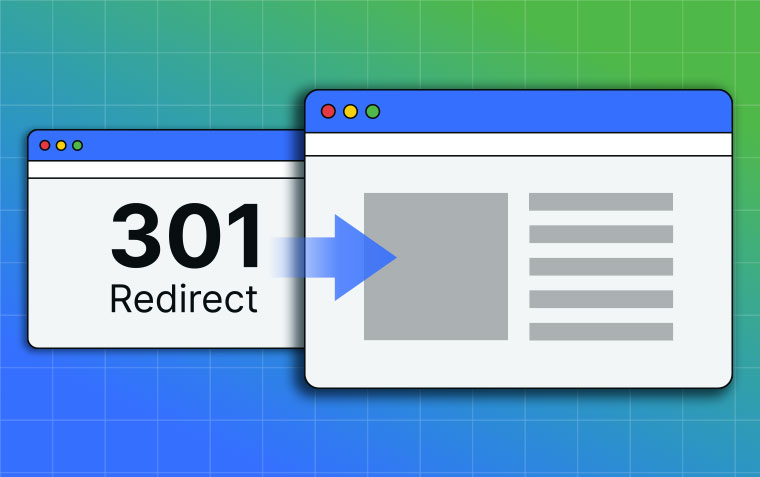Unlocking SEO Success: What is The Importance of Search Intent?

In SEO keywords alone aren’t enough to guarantee high rankings and conversions. Today, search engines are smarter and prioritise understanding user intent—what users truly seek when they type a query. In this post, we’ll dive into the concept of search intent, its different types, and how aligning your content with search intent can help your SEO success.
What Is Search Intent?
Search intent, often called "user intent," refers to the primary goal a user has when entering a search query. Rather than merely looking at the keywords in the search, search engines aim to provide the most relevant results that satisfy the user's intent. This understanding allows for a richer user experience, aligning the search engine’s results with what users want to achieve.
The Four Main Types of Search Intent
Understanding the different types of search intent can help you structure your content in a way that addresses these needs. Here are the four primary types:
- Informational Intent
Users with informational intent are looking for answers or information. These users might search for "how to bake a chocolate cake" or "what is digital marketing." Their goal is to learn, understand, or gain insights, which means they want to consume content that is educational, detailed, and answers their questions thoroughly. - Navigational Intent
Users with navigational intent already have a specific site or page in mind, often aiming to find a particular website or resource. Searches like "Facebook login" or "Amazon" fall under this category. These users don’t want to browse through various options; they want a direct route to the site they’re thinking about. - Transactional Intent
Users with transactional intent are ready to take action—often a purchase. Queries like "buy iPhone 16 Pro Max" or "order pizza online" show a desire to complete a transaction. These users have likely done their research and are now prepared to make a purchase, so they’re looking for clear, straightforward content that allows them to do so. - Commercial Investigation
Somewhere between informational and transactional intent, commercial investigation users want to research products or services before making a purchase decision. Examples include searches like "best laptops for gaming" or "Nike vs Adidas running shoes." These users are gathering information on products but may not be ready to purchase right away.
Why Understanding Search Intent Is Crucial for SEO
Aligning your content with search intent offers several benefits, including:
- Higher Ranking Potential: Search engines favour content that matches the user’s intent, as this creates a more satisfying experience.
- Increased Engagement: Content that meets users' needs keeps them on the page longer and encourages further interaction.
- Improved Conversion Rates: When your content aligns with what users are seeking, it’s more likely to convert because it fits perfectly into their journey.
How to Identify Search Intent in Keywords
Knowing search intent involves more than a basic keyword search.
Here are some methods to better identify intent behind keywords:
- Analyse SERPs (Search Engine Results Pages)
One of the best ways to understand search intent is by analysing the SERPs for a given keyword. Take a close look at the top-ranking pages and their content type. For instance, if most results are blog posts, the intent is likely informational. If they’re product pages, the intent is likely transactional. - Use Keyword Research Tools
Tools like Ahrefs, Moz, and SEMrush provide insights into keywords that can help you infer intent based on search volume, competition, and related terms. They may even categorise keywords by intent, helping streamline your research process. - Consider User Behaviour Metrics
Analysing metrics like bounce rate, time on page, and exit rate can provide clues about whether your content aligns with user intent. High bounce rates could mean the content didn’t meet expectations, suggesting a misalignment with the intended user’s needs.
How to Optimise Content for Different Search Intents
Once you’ve identified search intent, you can optimise your content to satisfy it fully:
- Informational Intent
For informational searches, create valuable, in-depth content. Think blog posts, guides, how-to articles, and FAQs. Include visuals like infographics, videos, or images to enhance understanding. - Navigational Intent
Ensure users can reach their destination easily. If you’re optimising for navigational intent, like a brand name search, make sure your homepage and important pages rank highly. A simple structure and quick loading time are essential here. - Transactional Intent
For transactional intent, provide a smooth pathway to conversion. Create high-quality product or service pages with clear calls to action, user reviews, images, and simple checkout processes. Don’t make the user work too hard to complete their transaction. - Commercial Investigation
Here, comparison guides, listicles, and in-depth product reviews work best. Be unbiased and comprehensive, helping users make an informed decision. Consider using callouts, pros and cons lists, and comparisons with other products or services.
Common Mistakes to Avoid with Search Intent
Failing to align content with search intent is a common pitfall in SEO.
Avoid these mistakes:
- Mismatching Content Types: Publishing transactional content (like a product page) for an informational query will frustrate users looking for insights.
- Ignoring User Feedback: High bounce rates or low engagement can indicate that your content isn't meeting user expectations. Pay attention and refine your content.
- Prioritising Keywords Over Intent: High-volume keywords aren’t valuable if they don’t match the user’s intent. Intent-based keywords are often more effective at driving relevant traffic.
*****
Understanding and optimising for search intent is a game-changer in SEO. By focusing on what users truly want from their search, you’re more likely to create content that resonates, ranks well, and drives conversions. Remember, successful SEO is about more than just bringing users to your site—it’s about delivering the experience and information they’re looking for. When you master search intent, you’re on the path to unlocking SEO success and building lasting connections with your audience.
Implement these strategies, keep the user at the forefront, and watch your SEO efforts deliver real results.
Contact Us today to discuss your website and SEO needs.





